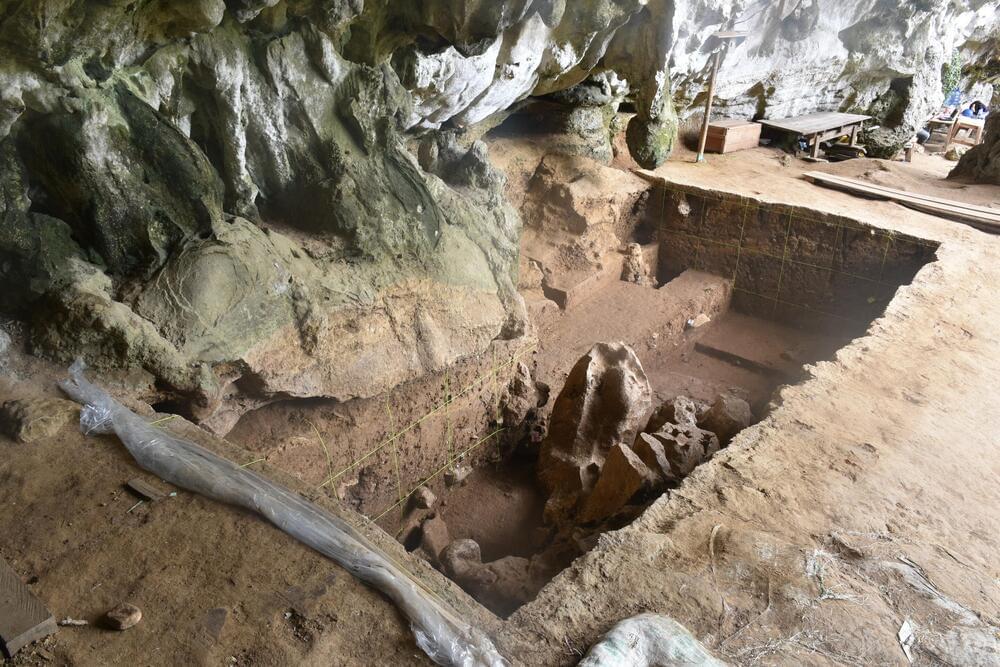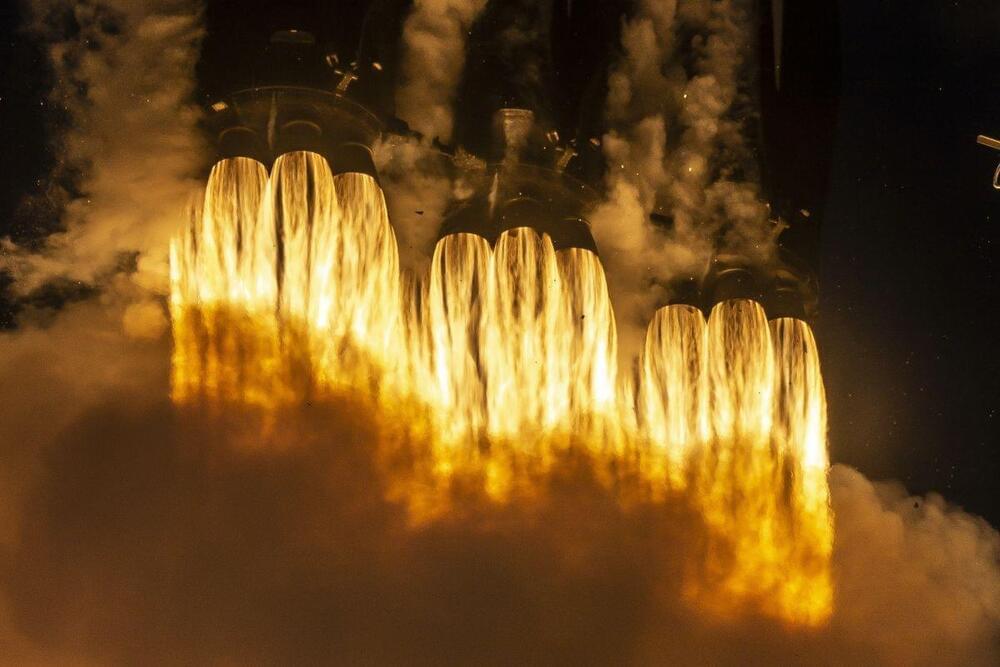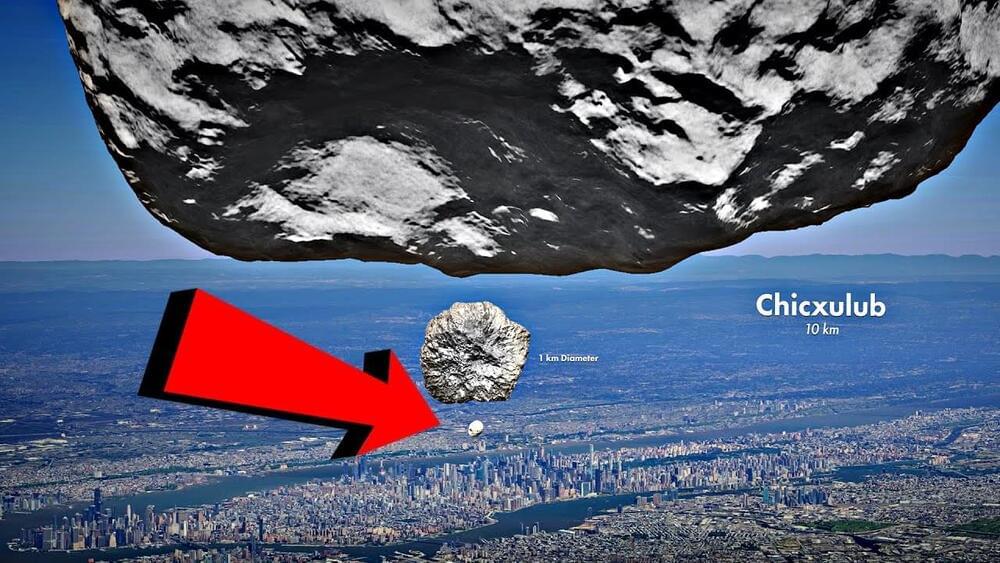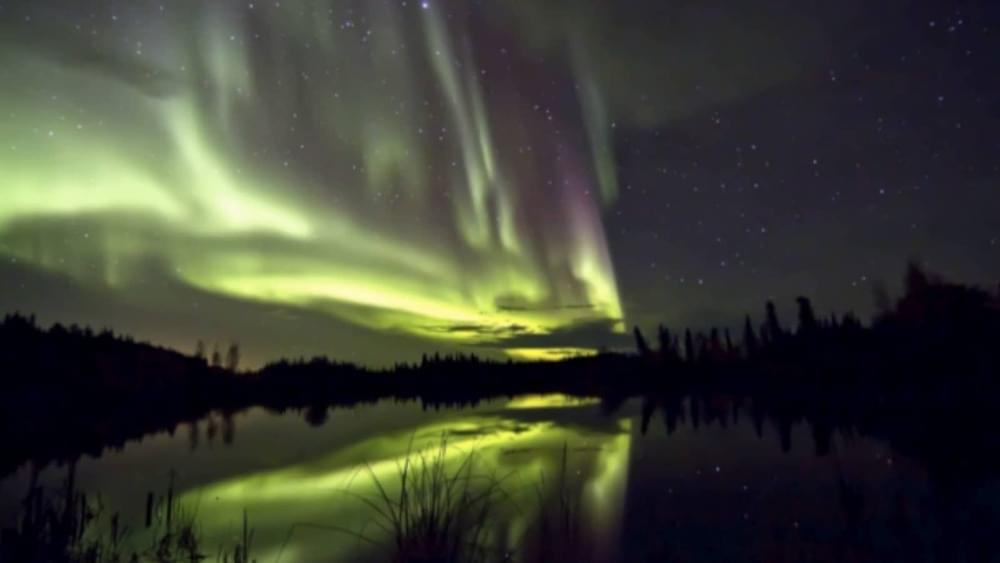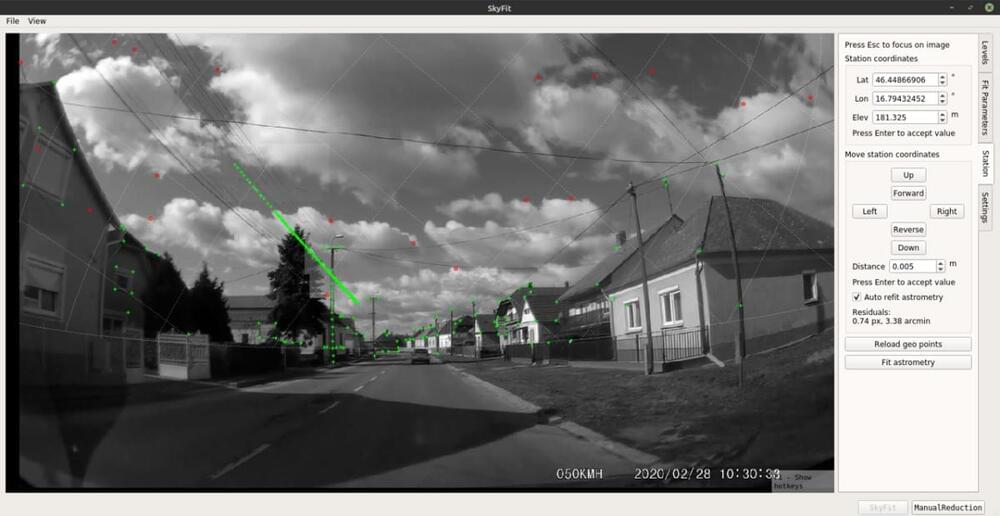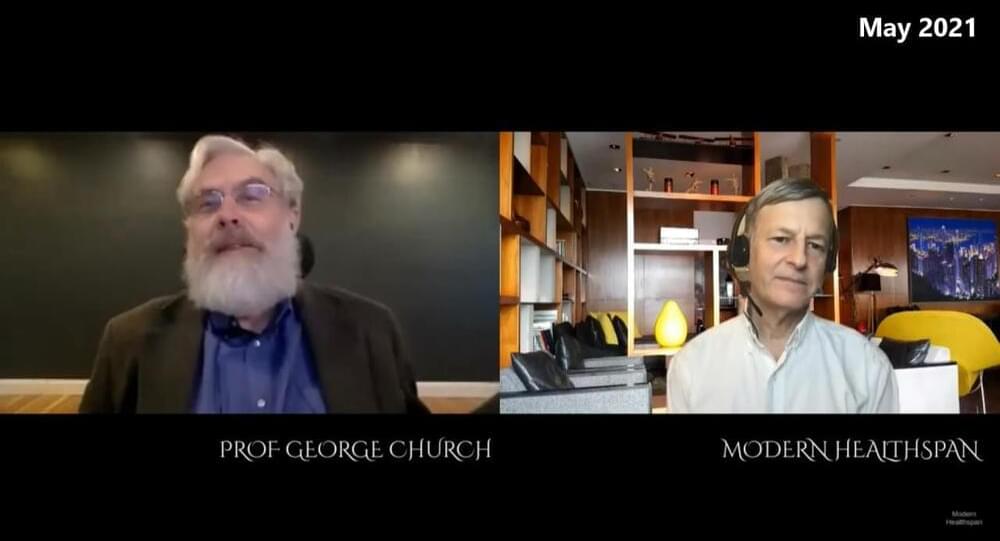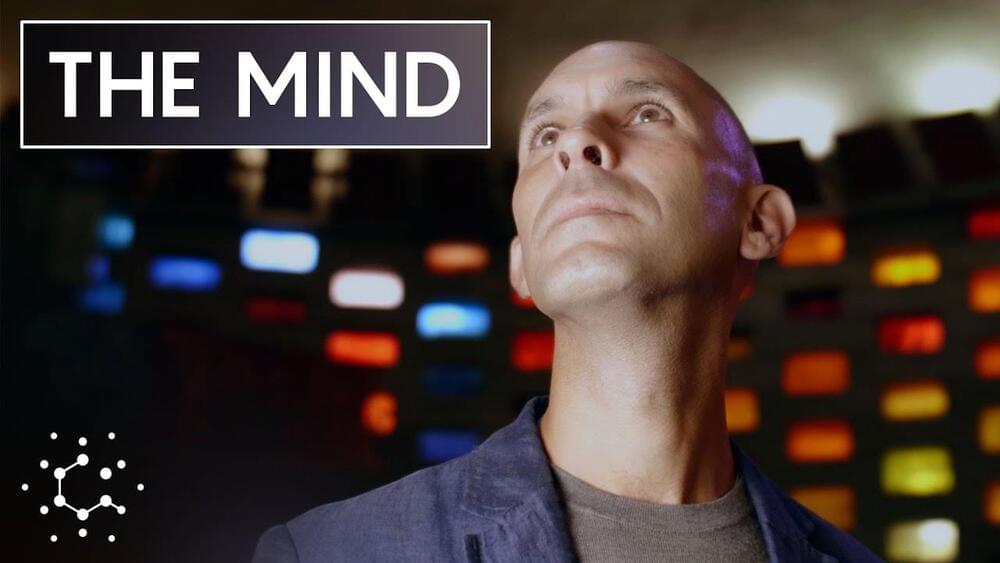Sep 30, 2021
$1B longevity fund launches to pursue 120+ lifespan
Posted by Montie Adkins in categories: biotech/medical, life extension, robotics/AI
$100 million a year. All you gotta do is apply for funding.
A consortium of biotech founders, clinicians, and leading longevity research institutions announced today the launch of the Longevity Science Foundation. The new Swiss foundation has committed to distributing more than $1 billion over the next ten years to research, institutions and projects advancing healthy human longevity and extending the healthy human lifespan to more than 120 years.
Longevity. Technology: The Foundation is advised by a aptly-named “Visionary Board” of leading longevity researchers, led by Evelyne Bischof and joined by Andrea B Maier, Eric Verdin, Matt Kaeberlein and Alex Zhavoronkov, all key opinion leaders who be top picks for a longevity dream team.
Continue reading “$1B longevity fund launches to pursue 120+ lifespan” »

